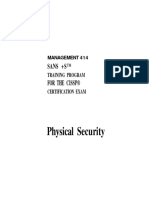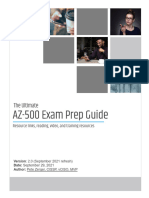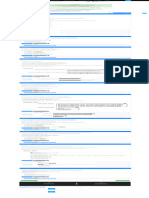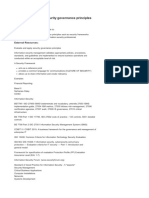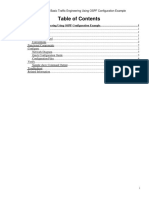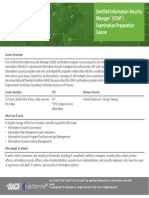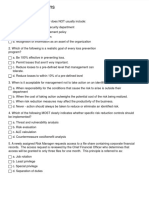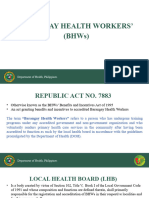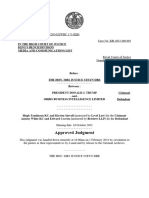0% found this document useful (0 votes)
152 views6 pagesFrom Cissp
This document contains review questions about security goals and principles, risk analysis processes, business continuity planning tasks, and US laws related to computer security and privacy. The questions cover topics such as the CIA triad, risk assessment, business impact analysis, and key computer security laws.
Uploaded by
Seid HussenCopyright
© © All Rights Reserved
We take content rights seriously. If you suspect this is your content, claim it here.
Available Formats
Download as PDF, TXT or read online on Scribd
0% found this document useful (0 votes)
152 views6 pagesFrom Cissp
This document contains review questions about security goals and principles, risk analysis processes, business continuity planning tasks, and US laws related to computer security and privacy. The questions cover topics such as the CIA triad, risk assessment, business impact analysis, and key computer security laws.
Uploaded by
Seid HussenCopyright
© © All Rights Reserved
We take content rights seriously. If you suspect this is your content, claim it here.
Available Formats
Download as PDF, TXT or read online on Scribd
/ 6









